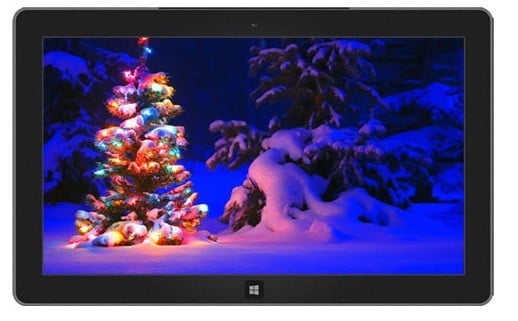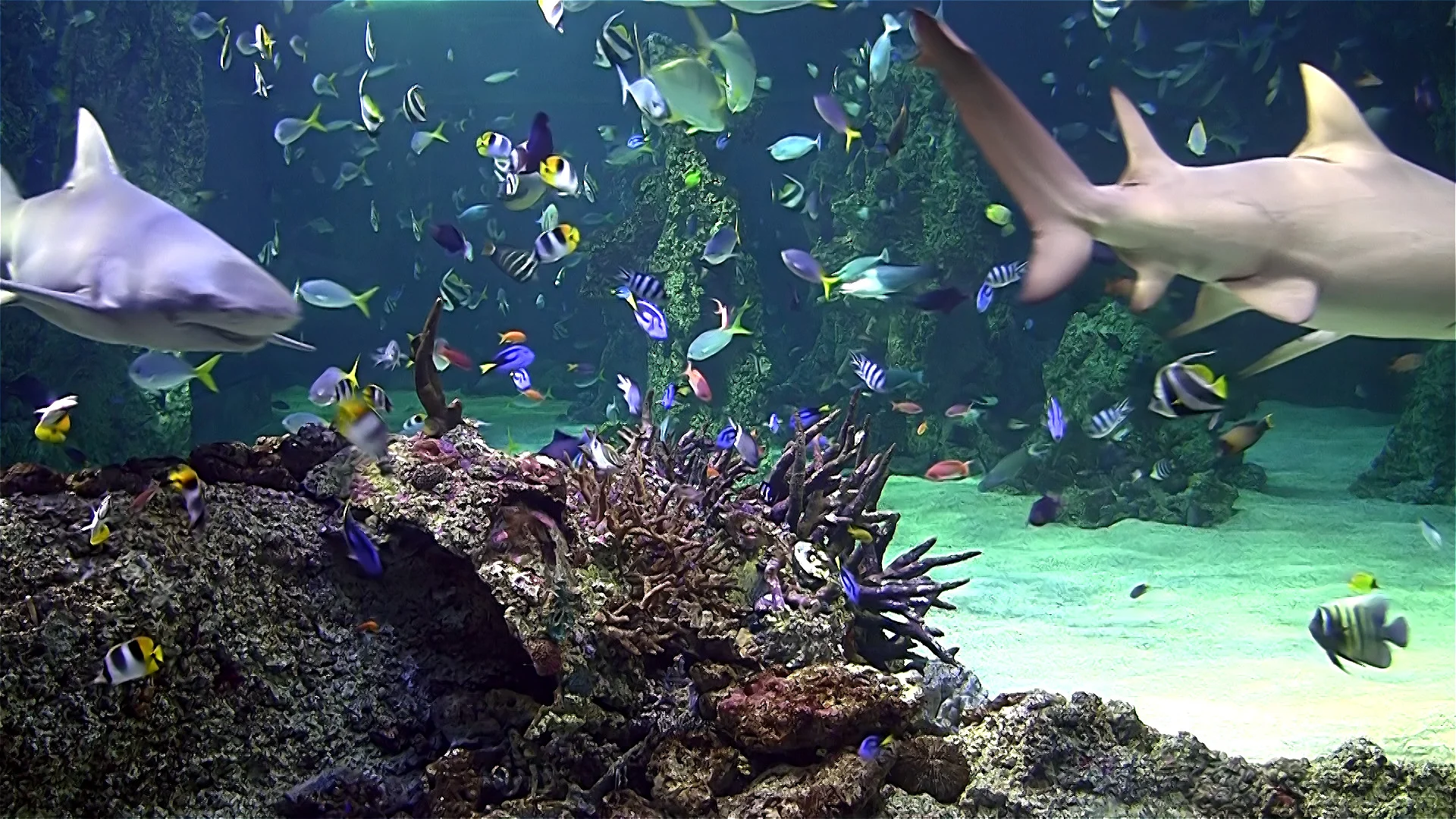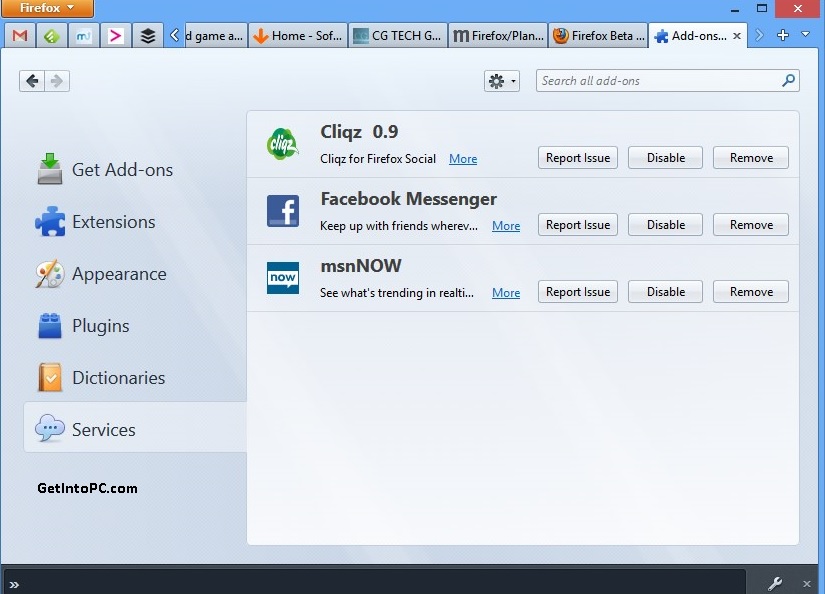If you want to run complex software such as the Windows version of Excel or any high-end game, then you need to set up a virtual Windows system, sometimes known as a virtual machine . You can run this virtual system entirely inside a macOS app. The VM behaves as if it's running on real hardware with a real hard drive; it just runs a bit slower than a Windows system running on physical hardware. The reason for the slower performance is that this method requires you to run an entire Windows system in the background in addition to the app you want to use. What about Boot Camp, Apple's long-standing option for running a Windows system on a separate partition on an Intel-based Mac? Boot Camp still exists, but Apple has effectively stopped supporting it.
And Boot Camp has a major inconvenience; you have to shut down your macOS system and restart it every time you want to run Windows. There's no integration between macOS and your Windows partition, either. Boot Camp won't let you run a Mac app and a Windows app at the same time or transfer files between systems quickly, for example. If you have an Apple Silicon Mac, don't even think about Boot Camp. Both Parallels and VMware Fusion let you create a virtual system by cloning an existing desktop system across a network, but it's a lot simpler to install a fresh copy of Windows. Users of Intel-based Macs can download the standard Windows ISO file from Microsoft and rely on Parallels or Fusion to install Windows correctly from there.
M1 Mac users must register for the Windows Insider Preview program and download the ARM version of Windows 10. Only Parallels supports the ARM version, but it has no trouble configuring your Windows VM with that version on an Apple Silicon Mac. Parallels recently announced support for Windows 11 on M1 Macs, but again, for the ARM version only. If you wish to run both macOS and Windows on a single Mac computer, UITS recommends using Apple's Boot Camp utility to install Windows 10 on your Intel-based Mac.
Regardless of whether you choose Parallels or VMWare, set aside about 20 minutes to install Windows and 30GB or more of disk space on your system. On an Apple Silicon-based Mac , Parallels Desktop is your top option. VMware Fusion is friendly enough for any experienced Windows or Mac user, but it's more suitable for corporate use. Perhaps the easiest way to get Windows up and running on your Mac is to use virtual machine software. JohnIL February 12, 2021 I prefer to run Windows natively, I use Windows 10 a lot on my Mac's. Apple moving to a custom ARM chip for Mac's means that Boot Camp is no more.
Parallels is working on a M1 Mac based preview but even that application will only run ARM based operating systems. I think Apple switched to its chips purely on locking in users and making more profits. I have my doubts since the whole platform becomes locked to Apple.
You can create an unlimited number of virtual machines from a single VMware Fusion license. You will need to provide the required operating system software and license for each installation of a virtual machine. You should be able to use the default settings for the next several screens, assuming your base goal is to just poke around Windows 10 and see how it works. Create a virtual hard drive; set the file type to VDI; and make the drive dynamically allocated. This will create a virtual machine that will be listed in VirtualBox's Manager. The Tools tab in your Wineskin app also has a button that launches an app called Winetricks; it lets you install fonts your app may need or change the emulated Windows version.
In the Wineskin app's Configuration tab, you can replace the default Wineskin app icon with any icon you choose. Expert Windows users can use the Regedit button to modify the Wine version of the Windows registry so that a Wine-based app will open files dropped on it. A few minutes with Regedit were enough to modify my Axialis app so that it automatically opened any Mac icon I dropped on it. You can find instructions for modifying the Registry on the web, for example, method 4 on this page. Allow VirtualBox to create a virtual hard drive using the default setting.
Simply click on Create, then let it make a VirtualBox Disk Image, or VDI, on the next screen. I let it create a dynamically allocated hard drive, since that was the default option, as well. I left it at the default 25 GB setting, and then clicked on Create. Once you've signed up, you'll be able to download an ISO file that acts just like an inserted install disk. You'll want to download the 64 bit version of file in the language you want Windows to run in.
Next, download and install Parallels Desktop if you don't already have it. At the end of the installation, the program tells you that you need an installation image with an ARM-based operating system. Click the link for "How to download Windows 10 on ARM Insider Preview" for documentation and a video that explain the process. At the Create New screen, click the button for "Install Windows or another OS from a DVD or image file." Click Continue . Follow the instructions given by the Windows 10 Technical Preview installer. It will ask you where you want to install Windows; the only option should be a drive with unallocated space corresponding to the virtual hard drive you've just created in VirtualBox.
Although there are other virtual machines are available, Parallels is by far the easiest way to install Windows 10 on Mac. You don't even need to purchase it to try it – you can download a free trial of Parallels instead. Depending on the app or game container you build, you may need to customize it so that it can access folders on your Mac system. You can download source code packages and Windows installers which are automatically created each time code is checked into the source code repository. These packages are available in the automated build section of our download area.
The DaVinci Neural Engine is entirely cross platform, using the latest GPU innovations for AI and deep learning to provide unparalleled performance and quality. The DaVinci Neural Engine provides simple tools to solve complex, repetitive and time consuming problems. For example, it enables facial recognition to sort and organize clips into bins based on people in the shot, to reframe shots and more. After you have virtualization software, you'll need to download an ISO image of the Windows 10 technical preview. The ISO image is, for all intents and purposes, an exact copy of a physical Windows installation disc. You get this image from Microsoft itself by downloading it directly.
If you don't already have virtual machine software on your Mac, you can download Oracle's VirtualBox. It's a virtualization tool just like Fusion and Parallels, but it has the virtue of being free. There are trial versions of Parallels Desktop and VMware Fusion which won't make you pay a fee for a two weeks or one month, respectively, so you're welcome to try those out if you prefer. But if you never want to pay a fee, check out VirtualBox. If your copy of Windows came on a USB flash drive, or you have a Windows product key and no installation disc,download a Windows 10 disk image from Microsoft. For example, I installed the Windows text editor Notepad++ with a few clicks and opened it instantly.
For instance, I tried to install Axialis IconWorkshop, the best Mac icon editor that I've found (which also happens to be Windows-based), from CrossOver's menus. No matter what I tried, the Install button remained grayed out. Eventually, I was able to install the app manually, but doing so wasn't easy and I don't recommend you try that process. Apps won't run as quickly or as smoothly as they do with commercial solutions, and you still need to purchase a Windows license to use with VirtualBox. Next you'll need to choose the size of your virtual hard drive.
I left this at the default 2 GB setting, but you can increase it by moving the little slider to the right. Avoid a size that hits in the yellow or red zone, or you may have issues with running both OS X and Windows at the same time. Access all your Box files directly from your desktop, without taking up much hard drive space. Box Drive is natively integrated into Mac Finder and Windows Explorer, making it easy to share and collaborate on files. Parallels starts to create the virtual machine for Windows 11.
Click the category for Hardware and select CPU and memory. Make sure that at least two CPUs are selected and then change the memory to at least 4GB . After the installation, click the Windows 11 screen to continue. Windows 11 opens as a virtual machine inside Parallels Desktop. Windows 11 runs as a virtual machine within Parallels Desktop, similar to the way it would run under a Windows VM application, such as VMware Workstation or Oracle VM VirtualBox.
You will need a product key for Windows to activate it within Parallels Desktop. With all of the different workflows and systems available, you need a post production solution that's compatible and open enough to handle anything! DaVinci Resolve can be used with any type of storage ranging from direct attached hard drives to NAS and SAN systems. You can extend DaVinci Resolve with third party Open FX and audio plug-ins, or add third party title and motion graphics templates.
New workflow integration and encoding APIs let developers integrate workflow and asset management systems with DaVinci Resolve. When it's finished, Windows will automatically restart and bring you through the rest of the installation. Once at the Windows desktop, the boot camp installation program will show up.
This will install all the necessary drivers for Windows to run properly. Yes, VMware Fusion 12 has 3D hardware-accelerated graphics support. For Windows VMs Fusion now supports DirectX 11 (with Shader Model 5.0) and earlier. For Windows and Linux guests Fusion provides OpenGL 4.1 capabilities. Fusion uses Apple Metal graphics technology to render 3D hardware-accelerated graphics to virtual machines on compatible Mac systems. Using Boot Camp in Parallels Desktop virtual machine is easy—just follow our installation assistant at startup.
The rest of the process is just a step-by-step setup, and that's literally all there is to it. After a virtual machine restart, you should soon be staring at a virtualized desktop of Windows 10, running on your Mac. It works by downloading GIMP from a distributed network of BitTorrent users, and may improve download speed dramatically. Choosing this option will download the torrent file for the GIMP installer.
You may need to install a torrent client to make use of this file. These links download the official GIMP installer for Windows (~200 MB). The installer contains both 32-bit and 64-bit versions of GIMP, and will automatically use the appropriate one. For the needs of most Mac users that want to run Windows only programs on Mac, using a virtual machine is by far your best option. The alternative to a using a virtual machine is to install Windows in a separate partition on your hard drive using Apple's Boot Camp. If you only want to run a few Windows apps and none of them require a full emulated system, you can use alternate methods based on the open-source Wine emulation layer.
Wine is the long-established project that makes it possible to run Windows apps on macOS and Linux systems without fully installing Windows. The name Wine stands for "Wine Is Not an Emulator," which is technically correct, but, if like me, you want to think of Wine as an emulator, no one will stop you. For corporate users who need high reliability and tech support, Parallels Desktop and VMware Fusion are the only answers. Both let you run Windows apps in a mode that hides the Windows desktop so that your Windows app appears as an ordinary Mac app too. It's a neat feature, but you'll likely find that your Windows app is a lot more sluggish than the Mac apps running on the same desktop. For running individual apps, I prefer the Wine-based methods that I describe later; they are free and can offer better app performance.
You've got several different choices for running Windows applications on your Apple system. For most Unix systems, you must download and compile the source code. The same source code archive can also be used to build the Windows and Mac versions, and is the starting point for ports to all other platforms. By moving or shrinking the Windows 11 VM window, you can access your Mac desktop and applications. You can also run your Windows 11 VM in different modes and sizes.
In Parallels Desktop, click the View menu to see the available options. Picture in Picture reduces it to a small thumbnail image. Coherence mode puts a Windows 11 icon on the Dock where you can access the Start menu and run Windows apps alongside Mac apps . At the next screen, enter the license key for Windows 11. Uncheck the box for Enter Windows License Key for faster installation if you wish to bypass this for now.
At the next screen, select the edition of Windows 11 that you want to install, such as Windows 11 Home or Windows 11 Pro. First, you'll need to download the ISO file for Windows 11 on your Intel-based Mac. Go to Microsoft's Download Windows 11 page and select the third option for Download Windows 11 Disk Image .
Click the dropdown menu for Select Download and choose Windows 11. Click the button for 64-bit Download, and the ISO file is saved to the Downloads folder on your Mac . After the evaluation period has expired, you will be prompted to enter a license key. After purchasing the product, you will be provided a license key. Enter the purchased license key when prompted to unlock the full "unlimited" version of the software.
To take advantage of complimentary email support for up to 18 months, your license key must be registered. If you purchased the product from the VMware Online store, your license key is automatically registered. If you purchased from a reseller, you need to manually register your license key in MyVMware.
Please consult thisKB article[JC for detailed instructions on license key registration. Yes, you can run as many virtual machines concurrently with VMware Fusion 12 Pro and Player as your system's CPU, RAM and disk storage will support. In fact, VMware Fusion leverages patented memory-sharing techniques to drastically reduce the memory required to run multiple virtual machines at the same time. VMware Fusion requires the installation of an operating system in order to function.
The operating system is not included with the purchase of VMware Fusion. You can either migrate an existing copy of Windows from your old PC or install a new one. In order to run a Windows virtual machine, you must have a licensed copy of that Windows operating system or purchase a new Windows license. Use Host-Only network mode to interconnect virtual machines in isolated networks. Microsoft's digital assistant, Cortana, will help guide you through this process. If you are wearing headphones, remove them while your computer is restarting.
Until you can install the Boot Camp support software, you may not be able to control the volume of Cortana with the volume keys on your computer. Partitioning your system's hard drive with Boot Camp Assistant may erase all files. For details about backing up your documents and content using cloud services at IU, see Store and share your individual files at IU. When you use Windows for the first time, you will hear and see various pop-ups in Windows as Parallels automatically detects hardware on your Mac. This is one of the best things about Parallels as it instantly integrates Windows with your Mac. You'll even see all of your Mac desktop documents on your Windows desktop without having to do anything.
If for any reason Parallels can't download Windows 10, you can download the free ISO image of Windows 10 from Microsoft yourself and put it on a Pen Drive with at least 5GB of space. You would then have to select the second option in the Virtual Machine Wizard Install Windows from a DVD or Image File. If you go this route, make sure you download the 64-bit version of Windows and not the 32-bit version.



























No comments:
Post a Comment
Note: Only a member of this blog may post a comment.